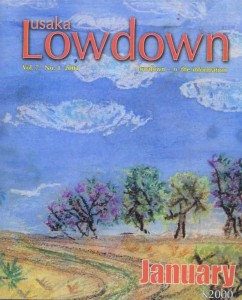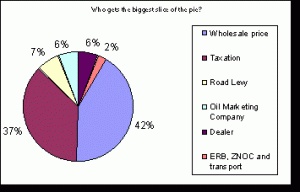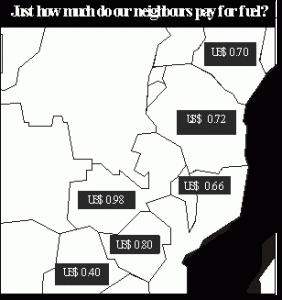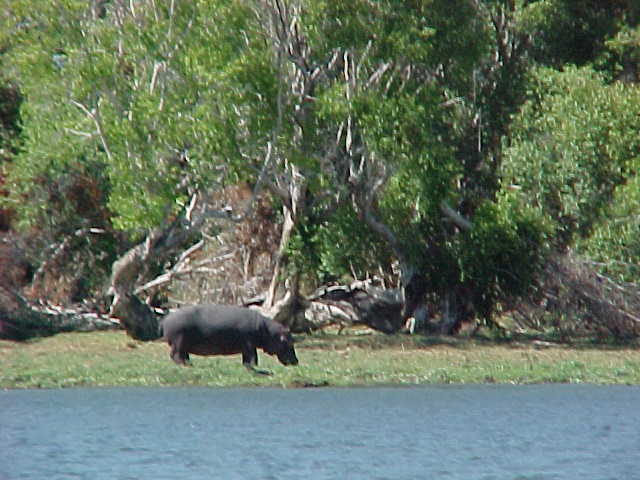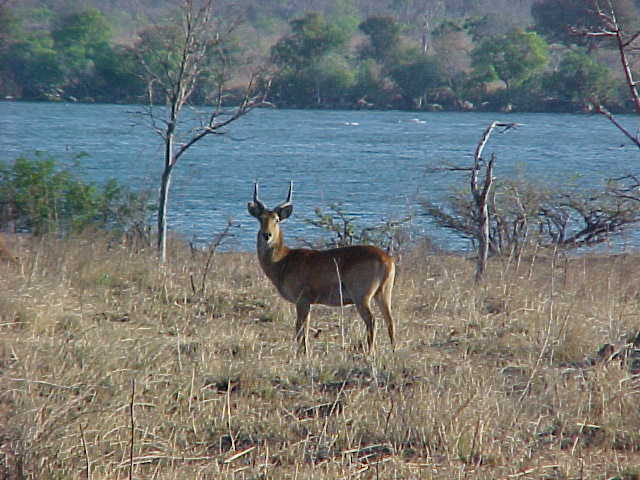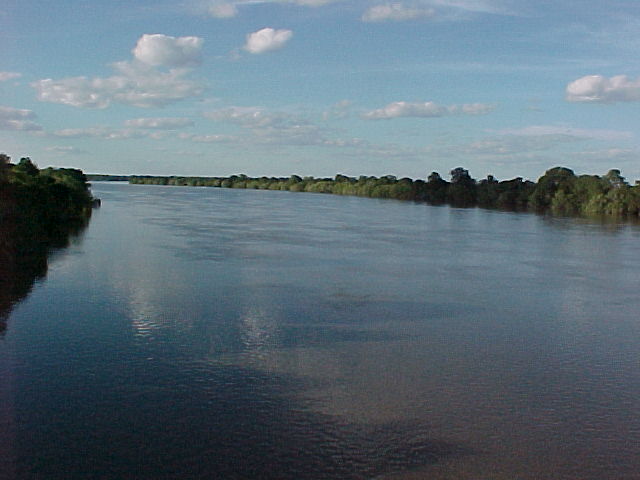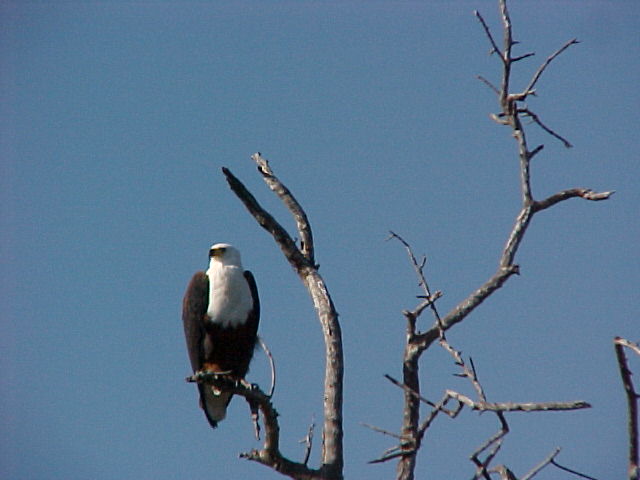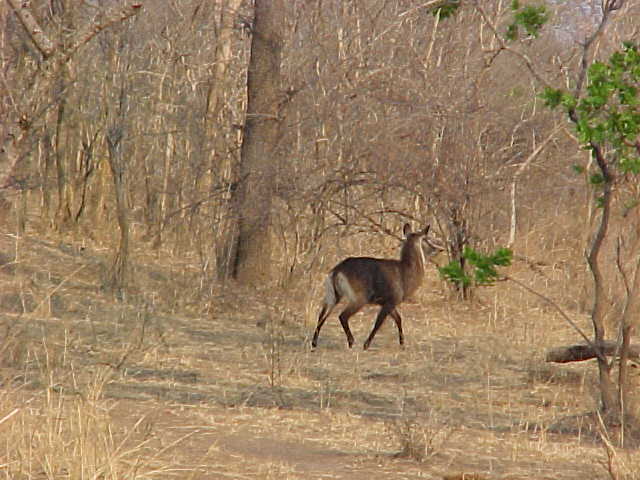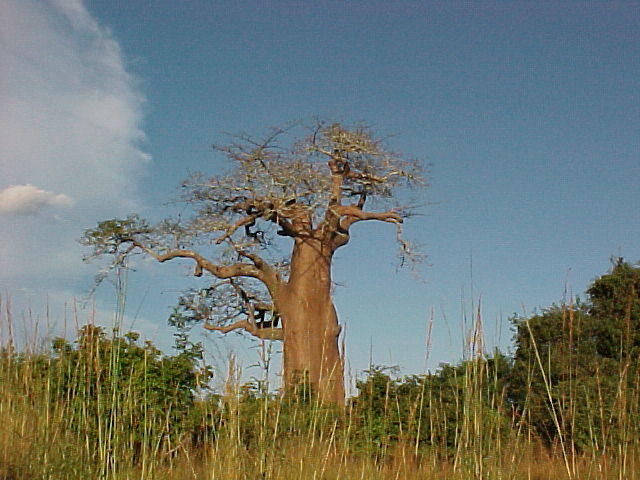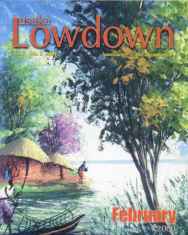 After reading your review on Voodoo Lounge in your own magazine, I feel that it is time somebody stood up and questioned your credentials and the motives of your magazine. You may be an editor, but are you a professional critic? Kindly inform us of where and when you obtained your degree/diploma/qualification as a restaurant and cuisine critic.
After reading your review on Voodoo Lounge in your own magazine, I feel that it is time somebody stood up and questioned your credentials and the motives of your magazine. You may be an editor, but are you a professional critic? Kindly inform us of where and when you obtained your degree/diploma/qualification as a restaurant and cuisine critic.
I personally believe that criticism should be welcome especially if it is constructive. Your Magazine should focus more on promoting existing and upcoming restaurants and other enterprises rather than recklessly plundering them. It takes a lot of money, guts, time, and bone-wearing hard work to get a restaurant (and any business) up and running. It is not only illegal but also unfair for you (without consulting with the proprietors), to damagingly publish unqualified and incorrect information based on your own evidently ignorant and careless misconceptions.
Below is my point-by-point response to your criticism:
The table, at which you were seated, is at the far end of the dinning hall and the kitchen is at the opposite far end. We fail to see how kitchen traffic affected you. In any case, you will agree that even in the most modern restaurants, at least one or two tables will be near the kitchen or service door. These tables will witness in and out traffic because architecture has not yet come up with designs that allow overhead routes for waiters and waitresses.
You were given temporary menus with hand-written prices as our original menus were still being printed and not because our prices keep fluctuating with the US Dollar as you SO WRONGLY ASSUMED. As a matter of fact our prices have not changed since we opened.
You seem very quick to criticize the Zambian Staff over their command of The English Language, and yet you misquoted and misinterpreted most of what the owner, Dina said to you as listed below:
DINA’S WORDS: “The seafood platter and a lot of the Cajun food on the menu have coconut in them”.
HEATHER” S UNDERSTANDING: “Lebanese food is cooked in coconut batter”
Had you really studied the menu (as you claim to have done), you would have read clearly that the SEAFOOD PLATTER consists of Fish fillet pieces, Prawn, Calamari, Mussels, Crab sticks. There is NO MENTION of smoked salmon. (Where did you get that from???) You asked what the fish fillet was, and the reply was it was either trout, hake or Salmon; meaning of course fillet hake, trout fillet or salmon fillet. So yes, you heard wrong. There was never any mention of smoked salmon.
Ordering Shashlik Sauce did not cause any confusion. What did cause a slight confusion was the order of food – Starters, Meza, Main course. Since Meza is a starter selection that is usually nibbled on while waiting for main meals.
As for Meza, Halloumi is not made at the restaurant. It is bought from Shoprite where I assume you also buy yours. What exactly is your idea of Halloumi? The way it is served in our restaurant is authentically Lebanese. Maybe you were expecting a more well known Greek version?
Kibbi Balls: you were served a proper portion of six not four as you claim. These are made of Lamb, Burglur, and Walnuts – items that are either expensive, scare or both hence the price. Our menu, which has both expensive and low cost items, clearly states all prices and customers are free to pick items that suit their pockets. For this reason we do not expect the final food bill to shock anyone unless their motive is malicious.
We accept that the Calamari may have been overcooked, although we have only ever had compliments from other guests at the restaurant. We also apologise sincerely for not sending chicken wings through a mix-up in the kitchen. You should however, have brought it to our attention when your food order was brought to your table and we would have very gladly rectified that.
Fresh vegetables, olives, and feta cheese are complimentary with the Meza, which is something rare in most restaurants. You conveniently did not mention that your pickle platter (also a complimentary with Lebanese Meza included Olives – not exactly cheap commodities.
Shashlik sauce is prepared at the restaurant and I would be very interested if you could please send me the chilli sauce from the local producers that think it is.
The seafood platter which comes in parts, consists of a handful of calamari strips (NEVER LESS than 8 strips), Four King Prawns, Eight to ten fish fillet balls, Eight crumbed-crabsticks, Four to six mussels, Rice, chips, sweet potatoes/plantains, Vegetables of the day
In my opinion, this sounds like a more than filling meal for two average people. As for the price, I think K70,000 for that amount of seafood IS EXTREMELY reasonable in Zambia.
The price of ginger ale cannot be compared to the price at Shoprite: this is a restaurant and we have overheads to keep up with. All our drinks are priced almost the same as in most restaurants in town.
It is unfortunate that you claim (for lack of a better word) that cappuccino was returned by your table: You were served one cappuccino as witnessed by the waitress who served your table. Voodoo Lounge has built quite a reputation for it excellent coffees.
Final food bill. K309,000. For four people, who ordered starters then Meza followed by main meals (the most expensive – i.e. Lamb and Seafood) I feel is very reasonable. Converted into US Dollars, you paid US$ 75.00 between you inclusive of your drinks. That is US$19.00 per person. Where exactly would you pay so little for Lamb and Seafood. NB. All the meat used in Meza is Lamb.
In concluding, I would like to say that it is indeed very sad that you came into our restaurant with a vindictive motive and hence either failed or pretended not to enjoy what we have worked so hard to offer people that appreciate good food and service in a well set atmosphere. You made no mention of the interesting décor in the restaurant, which seems to have caught the eyes and admiration of many visitors and guests. Other outstanding features deliberately omitted are the garden atmosphere where children can play, the swimming pool area, the games room with a pool table and television
The two and a half pages you so generously misused in plundering Voodoo Lounge could have been better used in promoting the place and giving some constructive criticism that would benefit both Management and customers.
I DEMAND that you publish this response in the next issue of your magazine with relevant apologies for publishing your article without getting permission from Voodoo Lounge Management or even allowing us to read through the article before taking it to print. Failure to meet my DEMAND will leave me with no option but to seek legal action against you for loss of business and damages incurred by The Voodoo Lounge due to your publishing inaccurate and damaging materials
Dina Baydoun
The management of Voodoo Lounge have brought to our attention that we omitted to inform our readers of the outdoor facilities available, for which we apologise. As it was raining on our arrival and departure, we failed to notice them. The gist of our article was raised with one of the partners (a friend for the last thirty odd years) ten days prior to going to print. Ed
 Of Fire Hydrants And First Aid Kits…
Of Fire Hydrants And First Aid Kits…






